Chris Parkin gets to grips with the new ‘entry-level’ model from the famous Sauer stable, the Sauer 100 Classic XT in .308 Win, and finds a lot to like
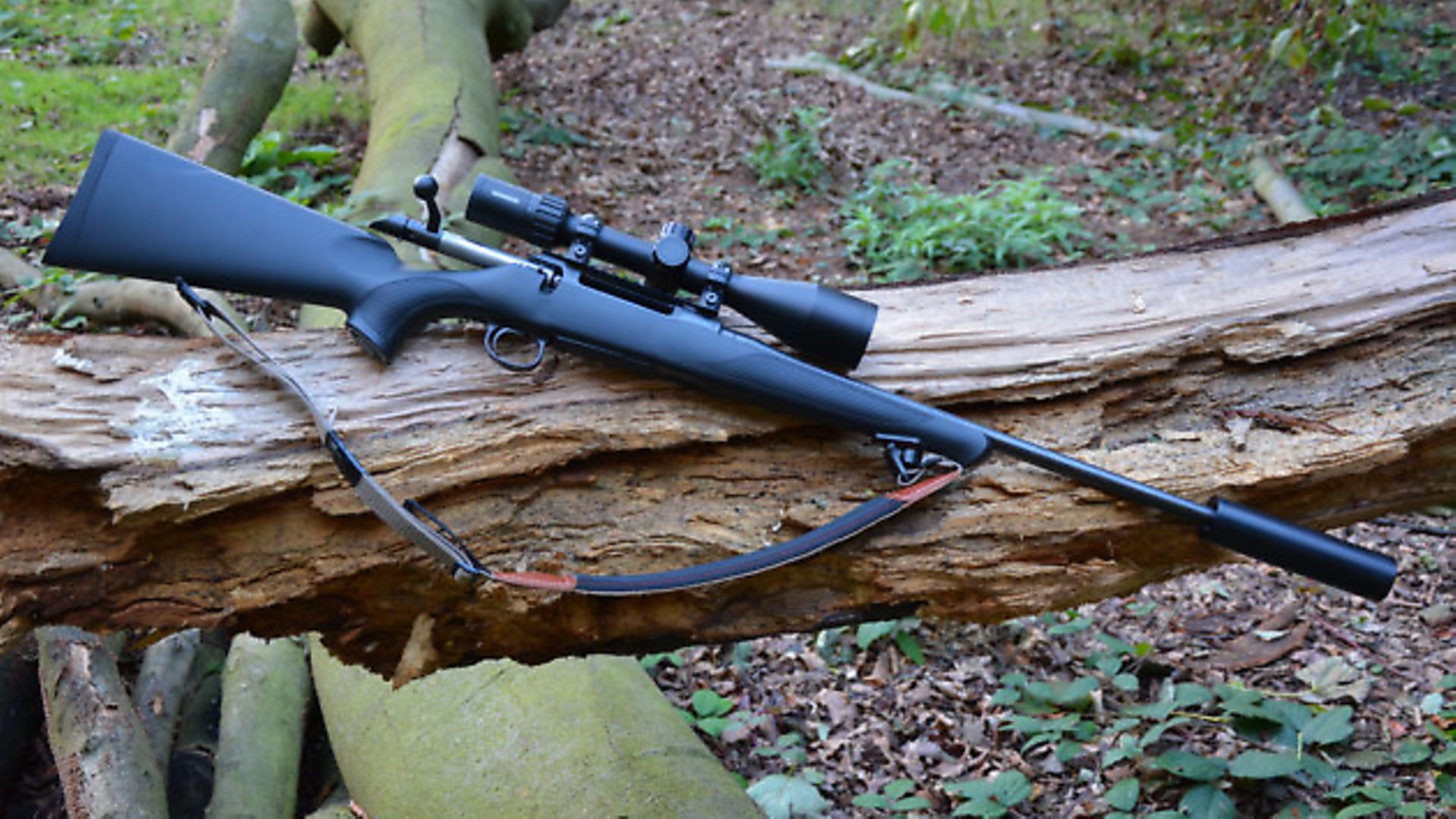 credit: Archant
credit: Archant
Likes:
Trigger is utterly superb
Totally reliable action
Manufacturing quality is apparently superior at this price point
Ever Rest action bedding is simple but effective, just watch those rear washers
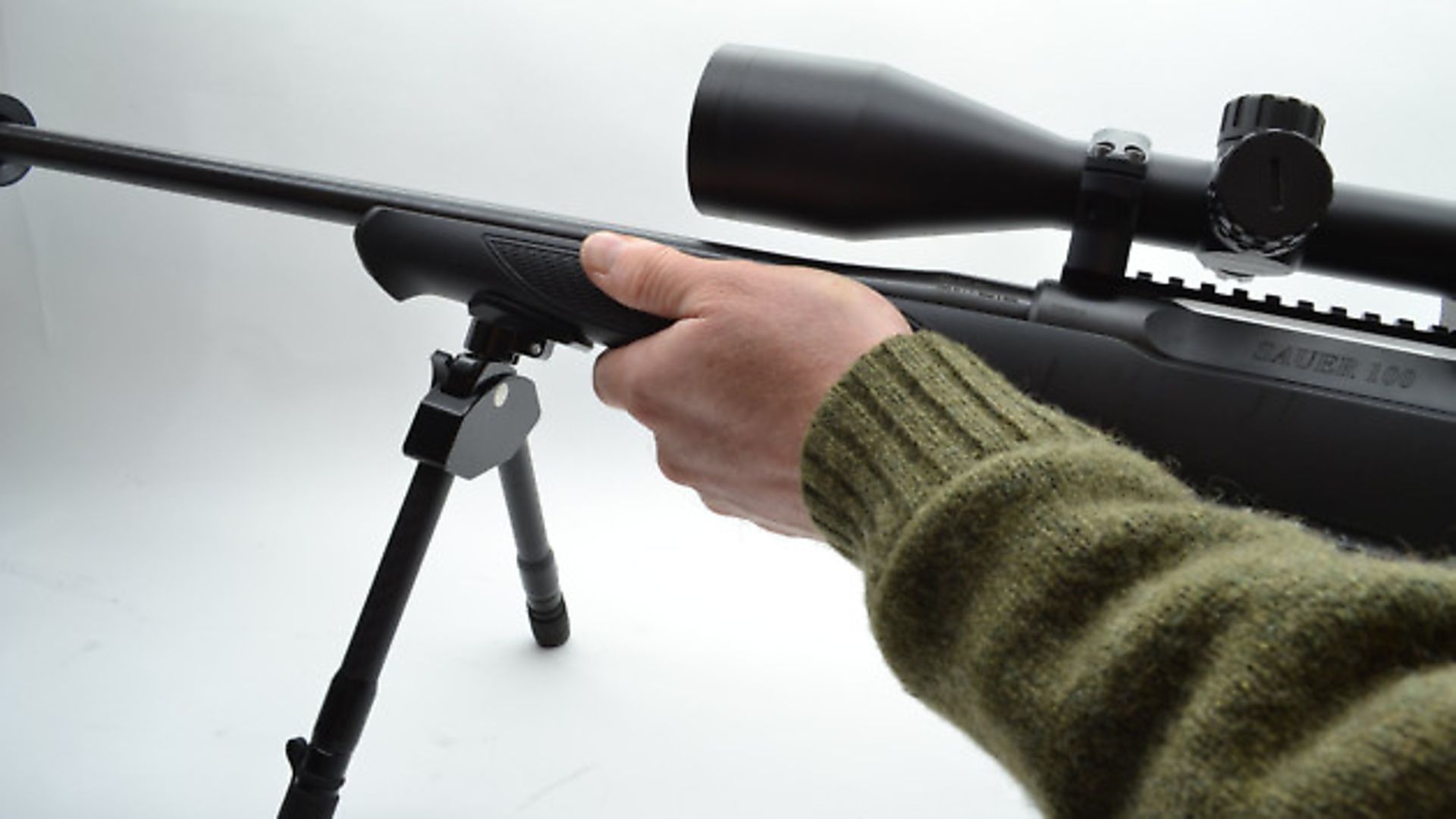 credit: Archant
credit: Archant
Dislikes:
The forend is just a little bit too slender for gentle but firm grip
Chequering pattern is a too subtle
Verdict:
The Sauer 100 is unusual in the fact I almost prefer it to its bigger, ‘better’ brothers. It is a fine rifle at moderate cost and the mechanical functionality with smooth operation and manufacturing standards do set it apart from the competition before you get to the subtler factors of its accuracy, ability and shooting dynamics. The trigger is, and I say with great care, as good as that on the Blaser R8, exquisite.
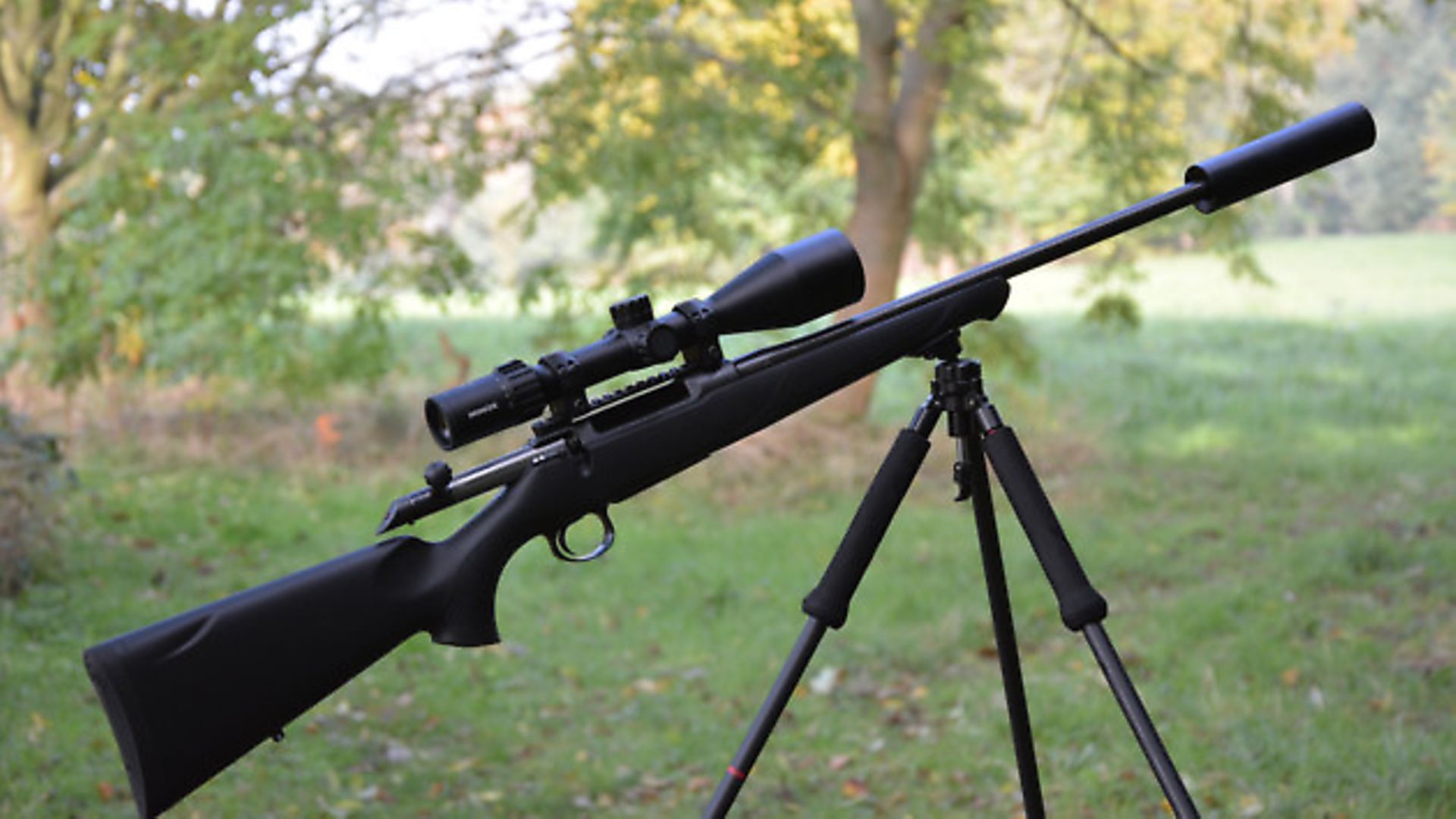 credit: Archant
credit: Archant
Specifications:
Calibre: 308 but 222,223, 243, 270, 30-06, 6.5 Creedmoor, 6.5x55, 8x57, 9.3x63, 7mm Rem Mag, 300 Win mag
Overall length: 1065mm (42”)
Weight: 3.05kg (6 3/4 lbs)
Stock Material: Ergo Max Polymer (Beech also available)
Magazine capacity: 5+1
Trigger: single stage, 1000-2000gr (2.2-4.4lbs) pull weight
Barrel length: 560mm (22”)
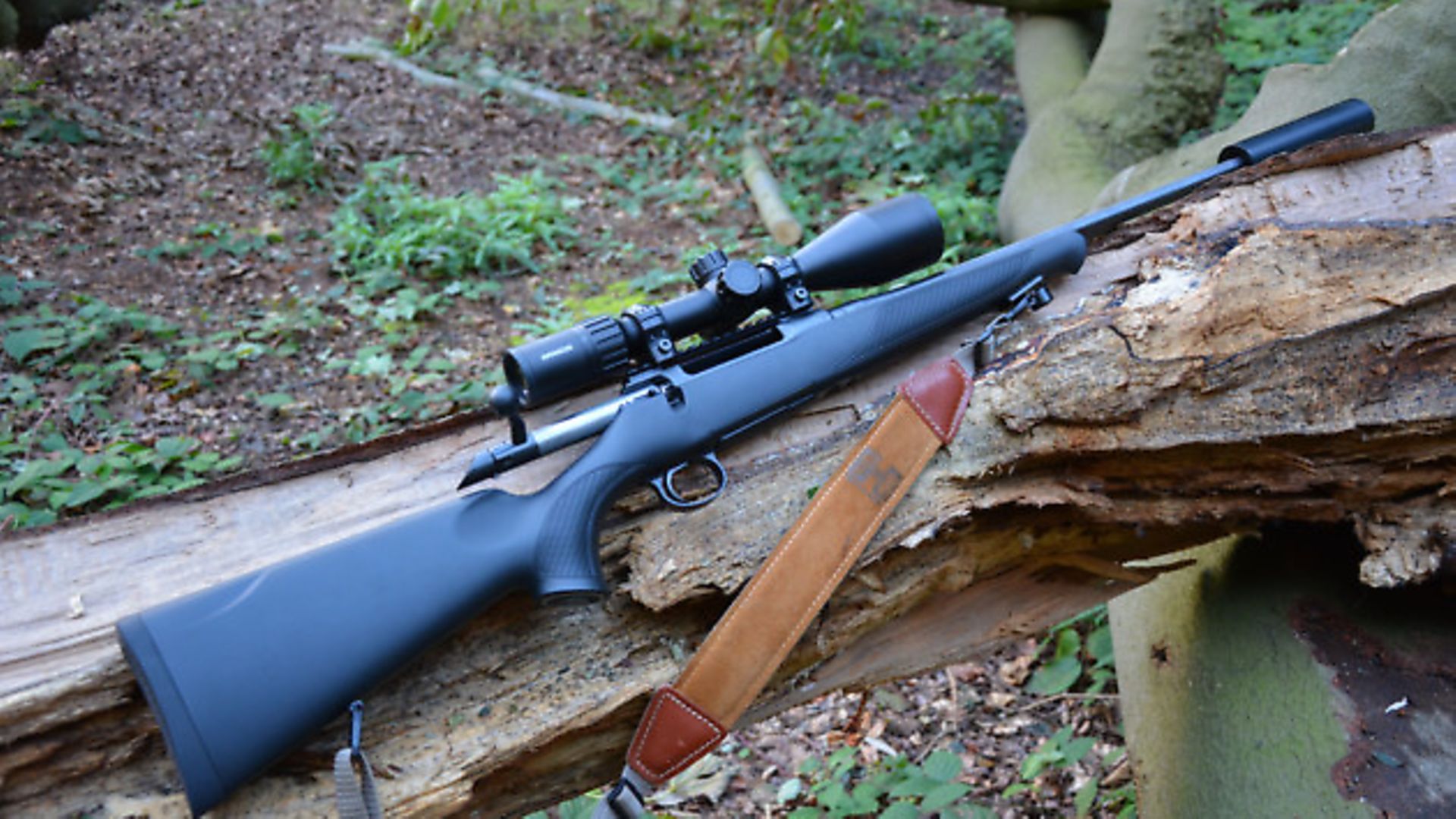 credit: Archant
credit: Archant
Recommended retail price: £855
Contacts:
Blaser Sporting
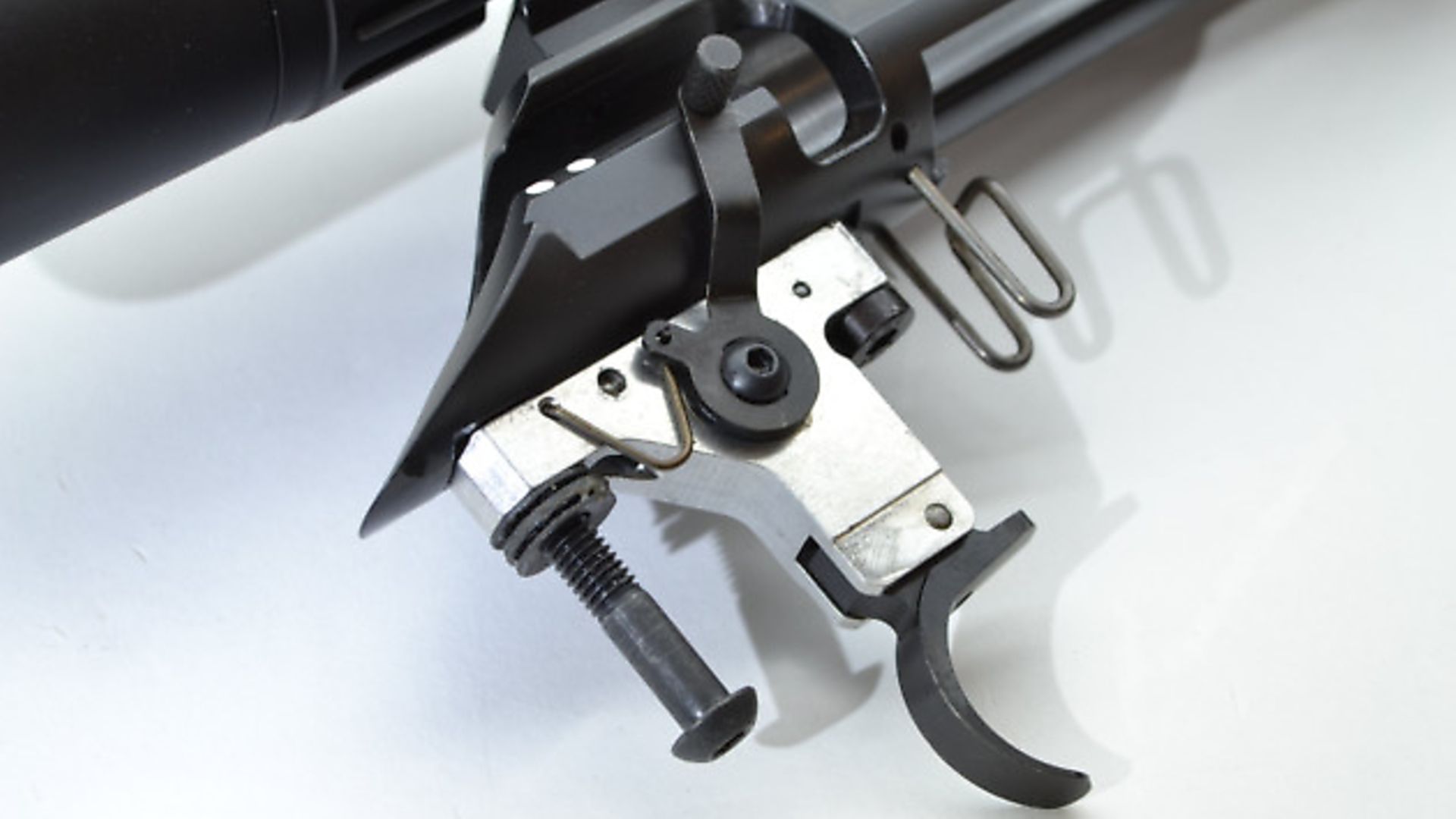 credit: Archant
credit: Archant
Riflescope: Minox ZX 3-15-50
Minox
Sound Moderator
Barton Gunworks
Recknagel Picatinny Rail
Alan Rhone
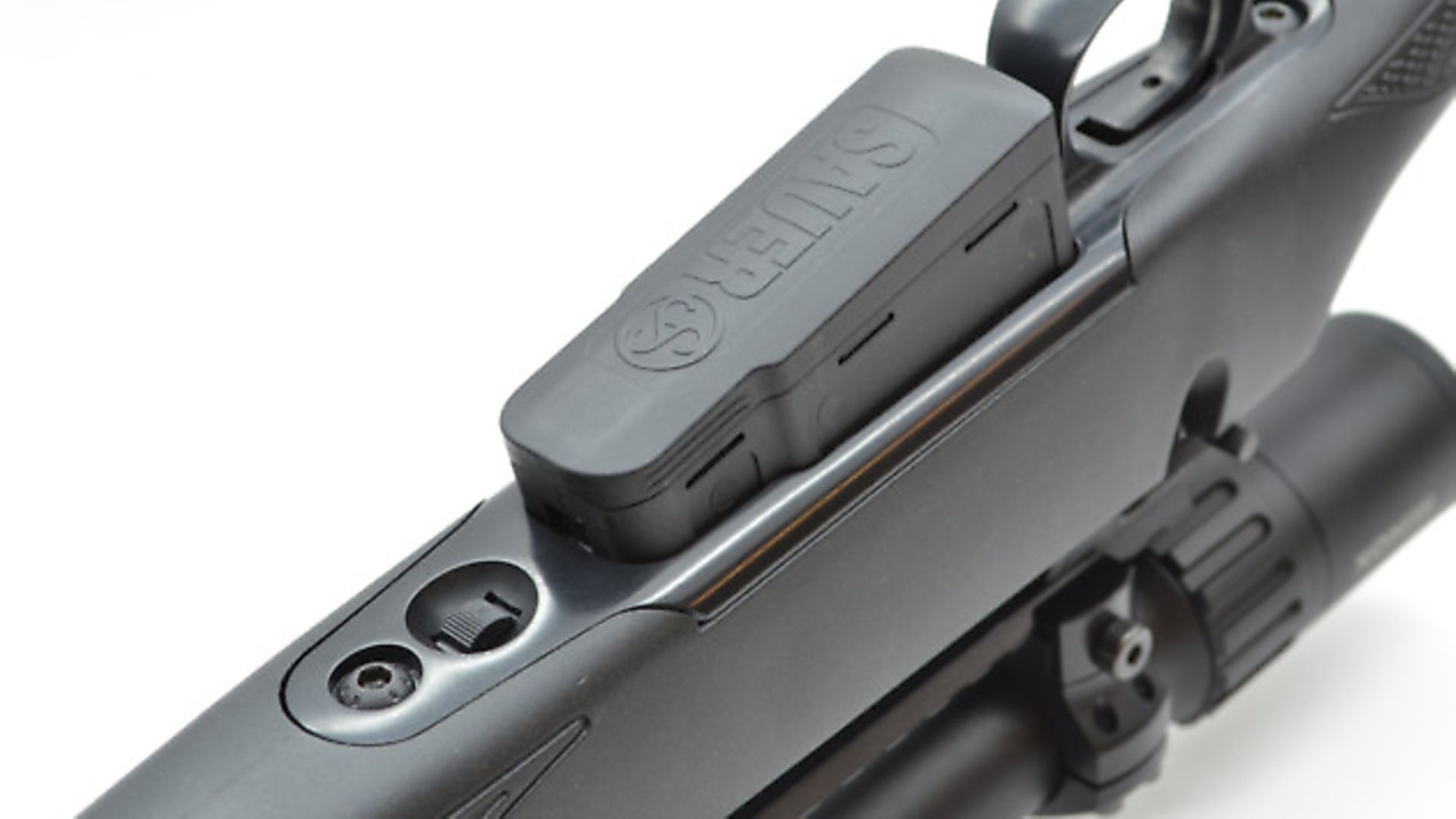 credit: Archant
credit: Archant
Javelin Bipod and Kapita tripod sticks
Spartan Precision Equipment
Scope rings
Tier-one
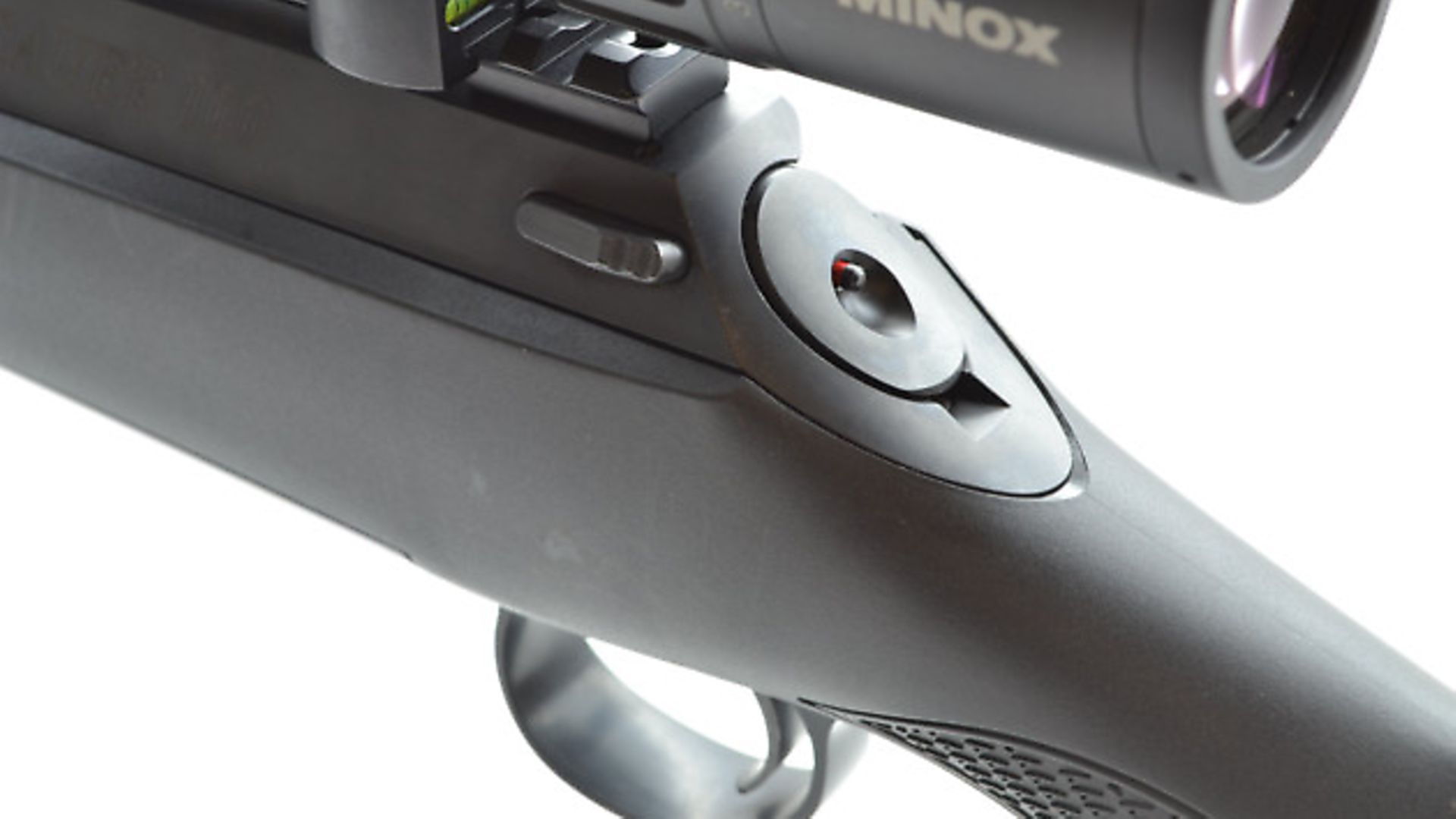 credit: Archant
credit: Archant
Ammunition used:
Lapua 150gr Soft Point ammunition
Viking Arms
Fiocchi 150gr SST ammunition
Edgar Brothers
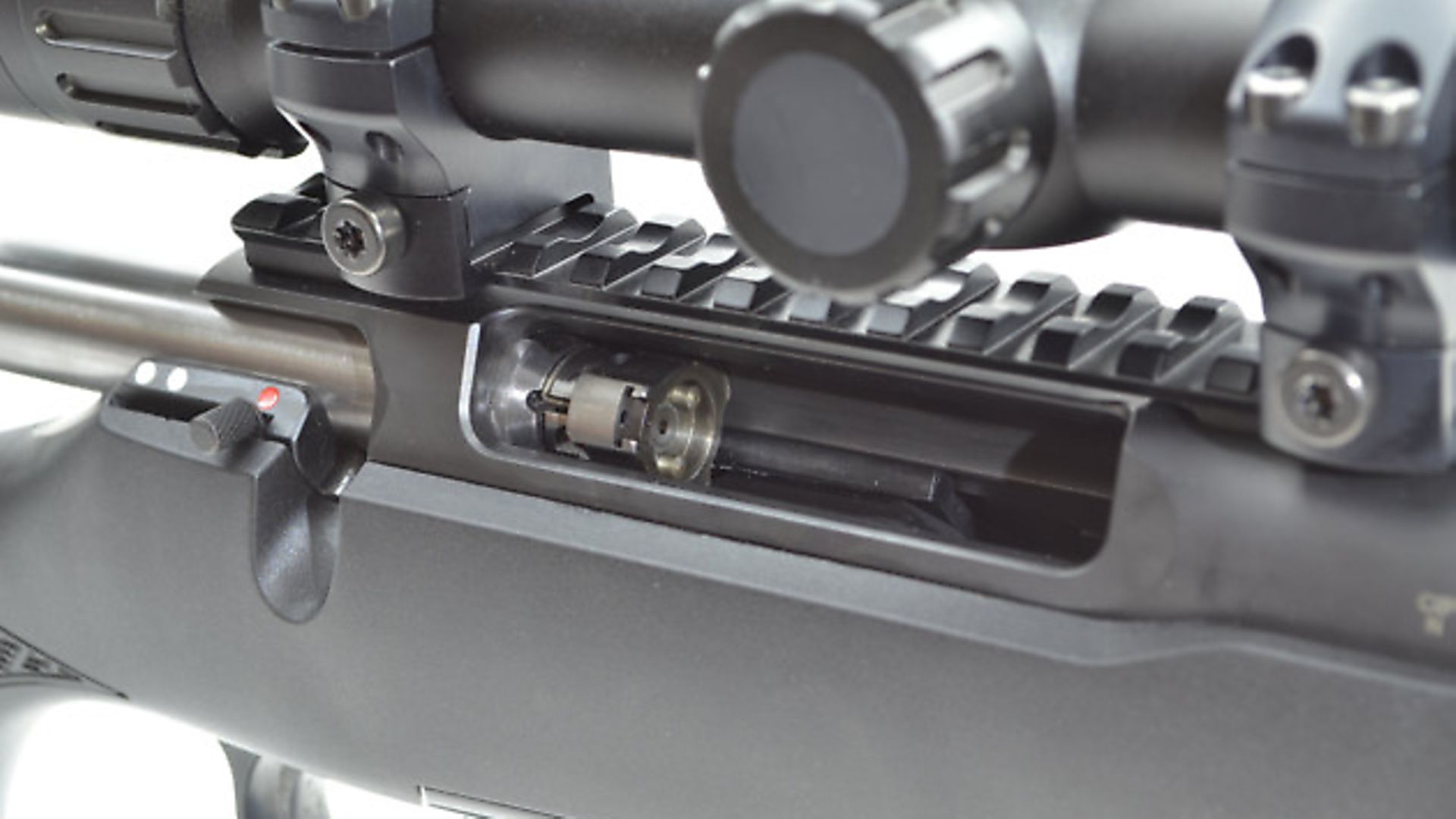 credit: Archant
credit: Archant
Winchester 150gr Extreme Point ammunition
Browning UK
Ramshot Powders, Sierra Bullets and PPU ammunition
Henry Krank & Co.
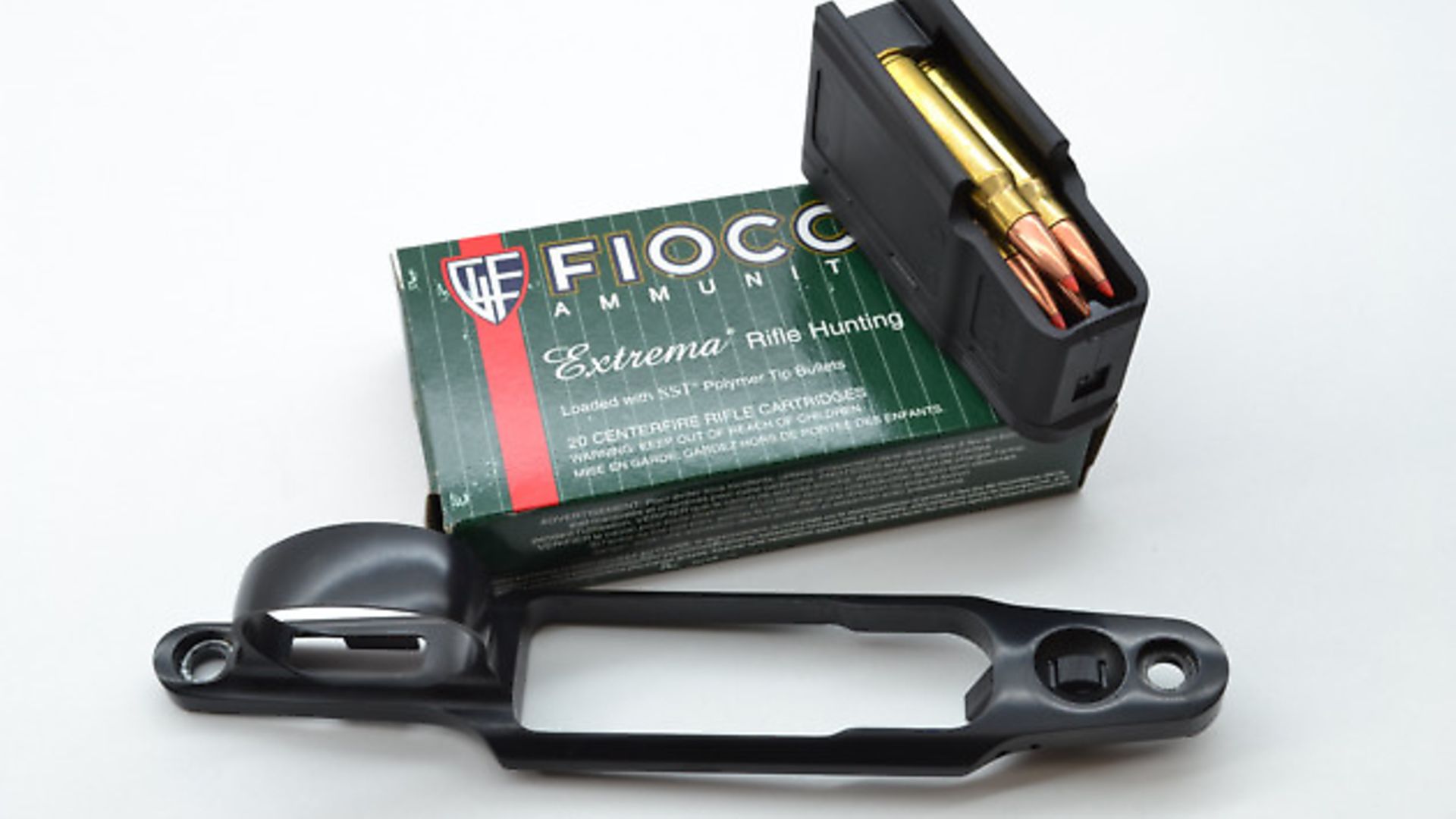 credit: Archant
credit: Archant
Sauer’s new 100 rifle seeks to attack the one thing the brand has never before achieved – the entry-level rifle. The appearance of the 101 in various formats over the last four years has seen the company’s portfolio grow rapidly in the mid range and, I must admit, it’s been a rifle that’s brought me a lot of personal success. Visually, the 100 shows little difference other than a few stock changes, with only the keen eye detecting a difference in the safety catch assembly.
So what are the differences? Well, the most obvious is the adoption of a three large (3 x 1) rather than a six small (three rows of two) lugged bolt. They lock directly into abutments within the action rather than the barrel tenon so rather than being a press fit, the joint between action and barrel is now threaded to maintain integrity under the pressure of firing. I have no issue with this as the feel of the bolt in operation is virtually indistinguishable between the two rifles I tried alongside one another.
The push-feed face still effortlessly strips rounds from the twin-column, polymer, five-round magazine (plus one in the chamber first if you wish for six). Effortless primary extraction is provided by an inbuilt claw with enthusiastic ejection from the twin plunger ejectors on the bolt face. The bolt is full diameter so runs cleanly without hang ups on raceways like a twin lug will. A groove to the lower left side ensures it cannot twist and this is the path in which the bolt release runs – when pressed, a button to the rear left of the action extracts it.
The bolt handle is a 20mm serrated polymer ball shrouding the steel bar fitted into the rear of the bolt with 60mm overall length, perfectly matched to the action with absolutely no chance of ‘over levering’ it when closing the action and stalling or juddering the bolt’s progress.
Barrel quality of the whole Blaser/Mauser/Sauer rifle family is characteristically superb and although made on the same hammer forging machines, the 100’s barrel is not honed to perfection in the same way.
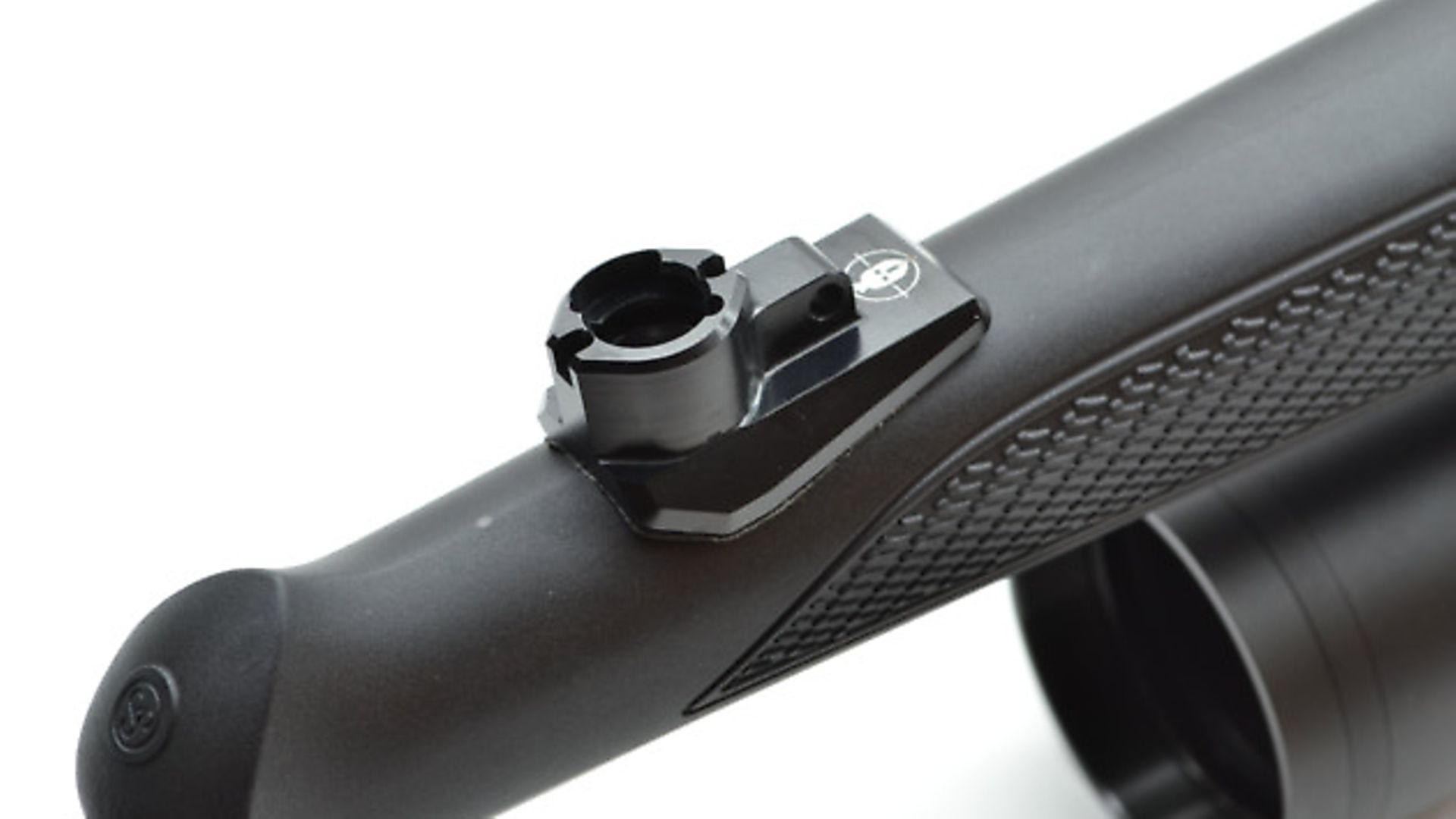 credit: Archant
credit: Archant
I have recently added a Lyman borescope to my toolkit and inspect all barrels before firing. I don’t get too hung up about the odd mark but the tube on the Sauer looked a bit too good to be true. Measuring 560mm (22”) from the faultless crowning of the muzzle to the bolt face, I had no doubts of excellent on-paper velocity capability and the right balance for the gun.
A 15x1mm thread allows moderator fitting with a 17mm-diameter muzzle beginning what I would call a light sporter profile, swelling minimally to 19mm just before the chamber reinforce. No machining marks or chatter showed on the blued barrel’s thread and it is sad to see how much better it is than some more expensive competitor’s rifles. You can wipe this one with a rag or even your fingertips without risking cuts. The investment into barrel making by this ‘family’ of rifle brands certainly shines through in the fine detail.
Four threaded holes allow fitment of Remington 700 profile scope mounts to the action, which shows an 85mm opening for ejection. Rather than a port, this 1/3 opening of the action’s upper surface makes single-loading the rifle in emergency far quicker than an ejector slot, and the mag will top load too. All this while retaining masses of action stiffness. Regardless of calibre, it is one action length with different magazines and chamberings to suit specific cartridge overall lengths. The smallest mini bolt face family is .222/.223 with the larger .308 family covering .243 upwards before a large bolt face takes the belted magnums. I fitted a Recknagel Picatinny rail for ease of mounting and Tier-One 30mm scope mounts, wrapping a Minox ZX 3-15x50 scope for work on the range and in the field.
Stripping the gun shows a twin-bolted, polymer bottom ‘metal’ unit of which the spacious trigger guard and magazine catch are part. This is the same magazine that the 101 and Mauser M12 use and it loads very well. It’s virtually indestructible and feeds quietly.
A single recessed button is sited at the front of the mag to drop it into your palm under its own weight, when it’s ready to reload – well made and very KISS (keep it simple, stupid). Removing the twin 4mm-headed Allen bolts drops the assembly out, but the action is retained in the stock by a 10mm nut, threaded onto the M6 stud emerging below the action at the barrel interface. Removing this requires a 10mm socket wrench and although not a loathsome task, it does mean an extra tool needs to be added to your emergency toolkit as anything stuck between barrel and stock is a definite accuracy problem on any gun.
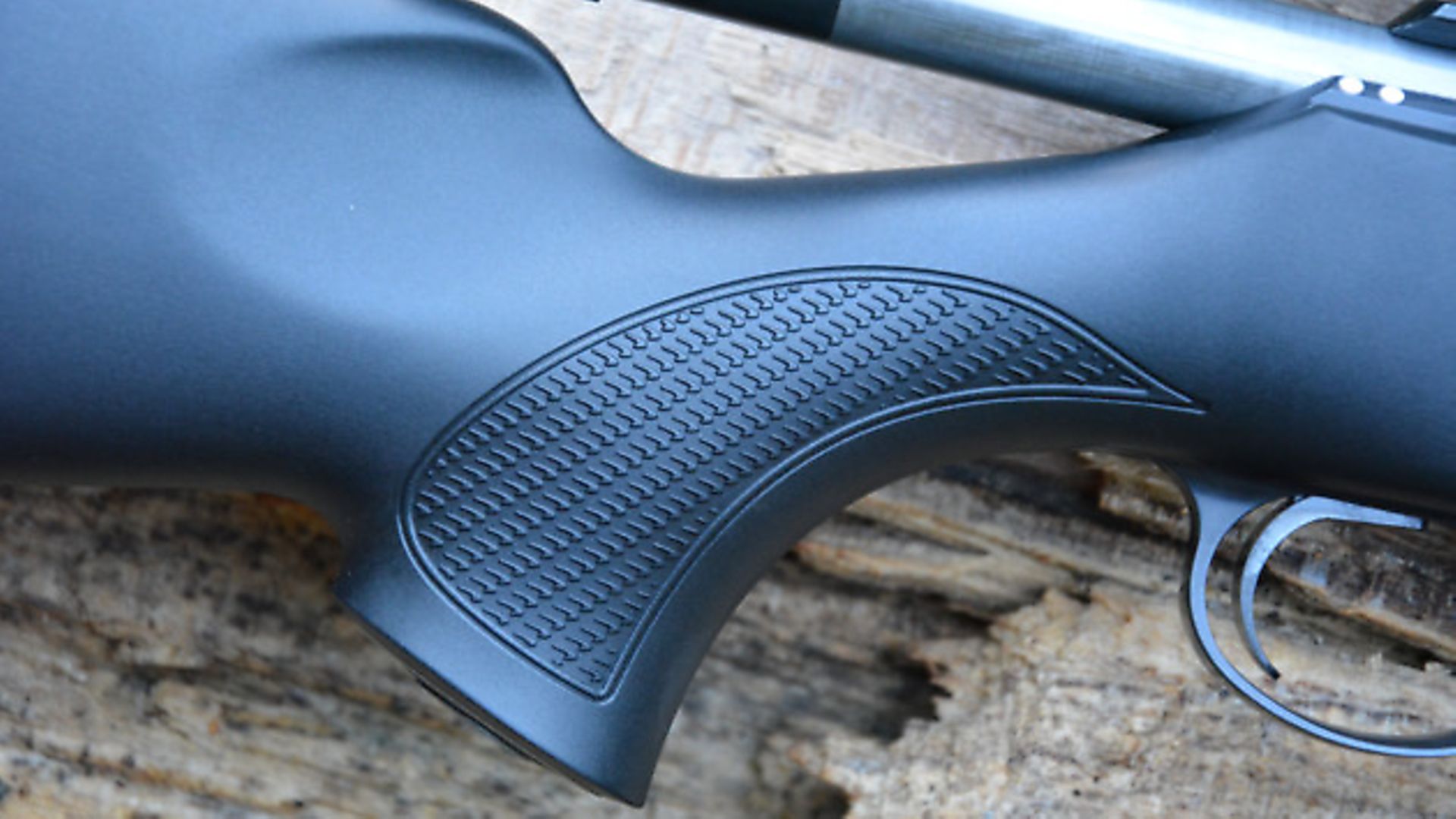 credit: Archant
credit: Archant
Removing the nut allows the steelwork to drop free. An aluminium bedding block is bonded into the otherwise simple injection-moulded polymer stock, which is stiff and shows plentiful reinforcement ribs along the whole length of the slender forearm. This carries moulded-in patterning to aid grip but isn’t fantastically grippy and with the forearm being quite slender, you need to adopt a position where your thumb keeps clear of the barrel yet retains a good grip. If I were being picky, I’d say that it needs a bit more meat for ergonomic fit, if not actual mechanical strength.
The bedding block locates the action into the Ergo Max stock design without any stress, and with a 10mm nut on the front contact point I came to the conclusion that Sauer intends this to be the main torque location, with the rear bolt attaching the tang to the bottom metal being simply a hanger without any requirement to fasten it too tightly. Mine had several soft washers fitted under the action tang to aid spacing fit and avoid stress which did work, although watch out for them falling free when you do take the gun out of the stock – they need to go back in precisely the same order.
The stock follows the design hallmarks of its Sauer brotherhood with a slender comb rising gently from the action towards the rubber butt pad on the heel. This subtle tweak keeps the recoiling stock moving slightly away from your face’s induced pressure on the comb to minimise the effects of felt recoil, and does work. At maximum extension, the bolt remains 9mm clear of the comb which, given the likelihood of scope mounting, seems 5mm more than is necessary.
Because the precision tolerances on the slick stroke of the bolt shaft never allows it to waver unwantedly, why not add that extra 5mm of comb height to give a little more solidity to the head position? Most manufacturers are still seemingly making guns for iron sights and yes, I appreciate the bolt must clear the cheekpiece satisfactorily, but when you have precision like the Sauer’s, why not go that extra mile to beat the competition?
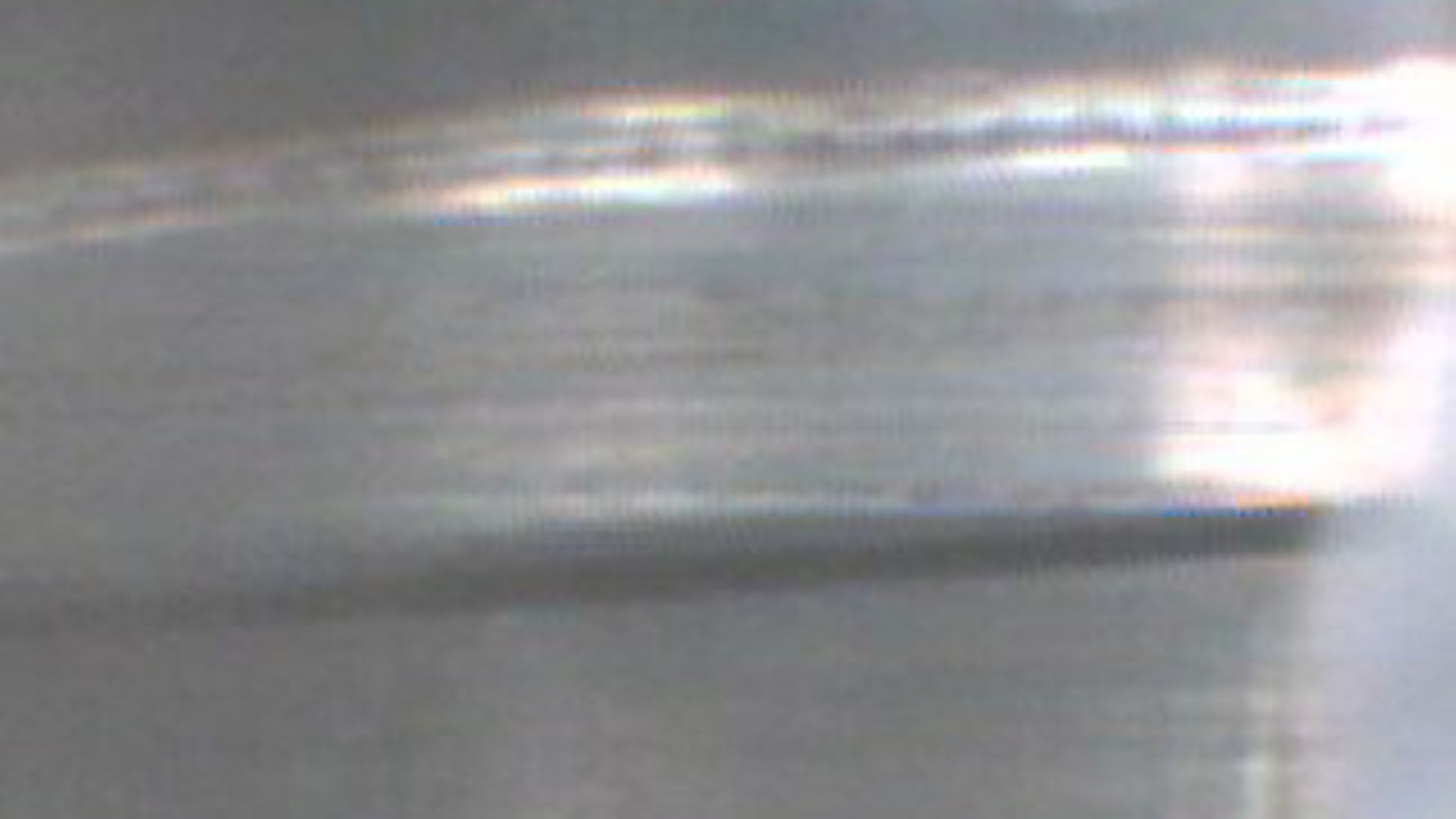 credit: Archant
credit: Archant
Like I said, this is not criticism of the Sauer design as it remains one of the best there is – perhaps just a missed opportunity.
The soft pad remains well planted into the shoulder pocket with 365mm length of pull (14¼”), so it suits me perfectly. It mounts up well, remains neutrally balanced and, with a light moderator like the one I have fitted from Barton Gunworks, remains naturally pointable.
Sling studs are fitted front and rear, the former below the fore-end so that a bipod can be fitted with just a residual Sauer logo on the removable cap in the fore-end’s schnabel tip, if you want to add a more traditional extra stud for a sling. Internally, the stock carries a reinforcement to locate one. The comb carries two unusual visual styling tweaks either end of the cheek pressure area. I can’t see any reason for them other than as a purely aesthetic niche (almost literally) but I quite liked the way they break up the styling monotony of the otherwise quite plain stock.
For a synthetic, it transmitted recoil with no intrusive noise echo signature or irritating ‘clonk’ if knocked when being carried and was easy enough to wipe down, resisting being marked too easily. This rifle is a tool at the end of the day – a nice tool though! There are no signs or coatings to the metalwork but all areas are finished impeccably and, like many guns out there over 100 years old, a wipe over with an oily cloth will keep condition in order. The barrel does float in the stock but only minimally so watch your hand pressure laterally and keep your thumb off the barrel!
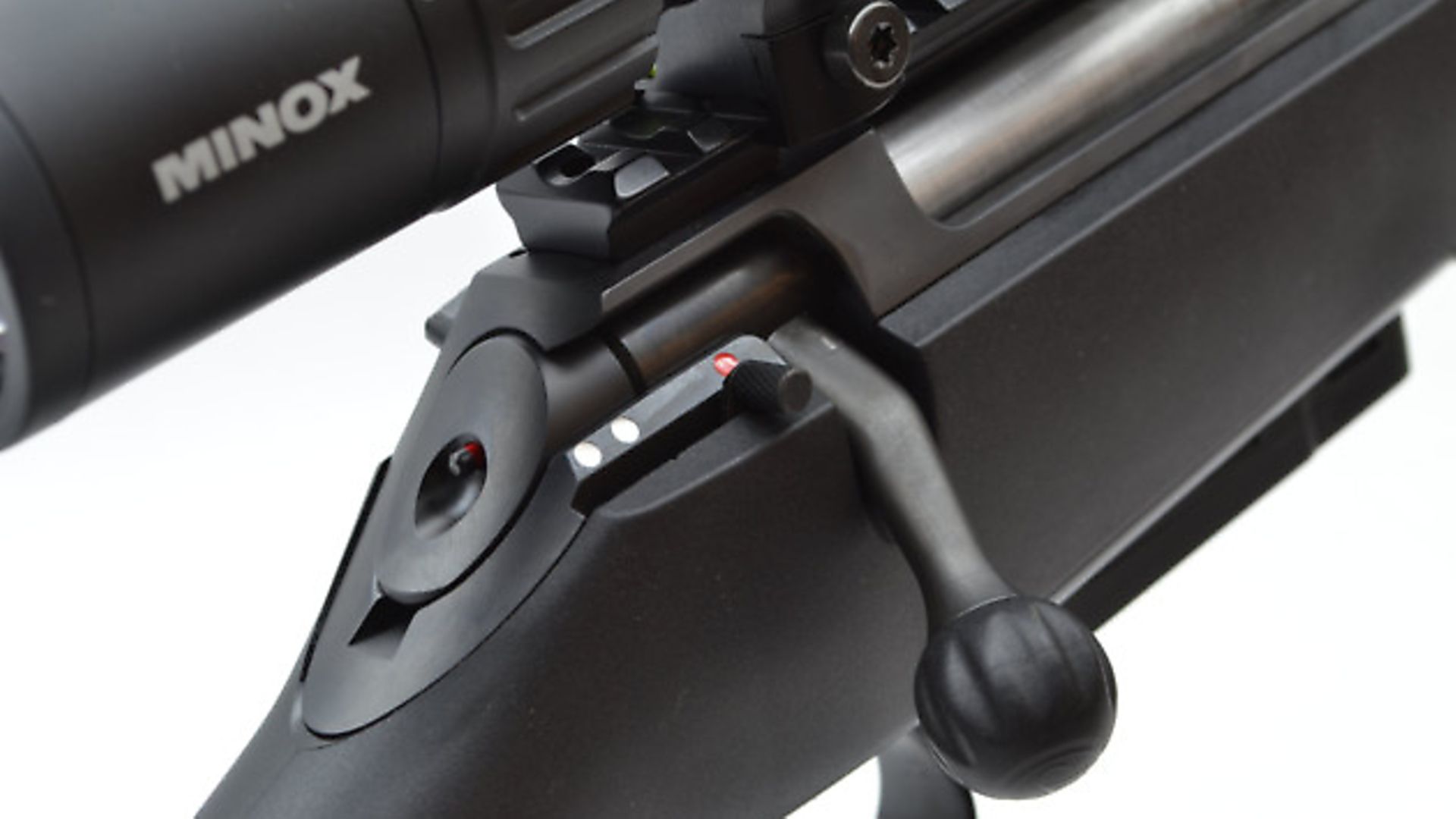 credit: Archant
credit: Archant
So, what is left... I have saved the best for last here. The trigger.
The trigger on this gun is unbelievably good. This is a sub £1,000 rifle with a trigger so refined, yet simple, it does anything I could ever hope for in a sporting rifle. Adjustable from 1,000 to 2,000g (2.2 to 4.4lbs), it is one of those magical triggers that works without thought.
Don’t get me wrong, I don’t mind heavy triggers that are crisp. I prefer ‘crisp’ to ‘light’ and I despise creepy, grindy triggers that just highlight every fractional progression towards ‘bang’ because I do squeeeeeeeze triggers, regardless of weight. Sauer has not tried to add a silly set operation that has a nigh on negligent discharge when shot, creating target panic.
No, Sauer has put a trigger on this gun that you can assuredly place your finger pad on, one that takes up pressure from your finger itself, compresses as a kind of first stage and then you just ‘feel it’ – a squeeeeeeeze as you wait those fractions of a millisecond for the ‘bang’ as you concentrate solely on the aim. Dead, less than 1mm of overtravel.
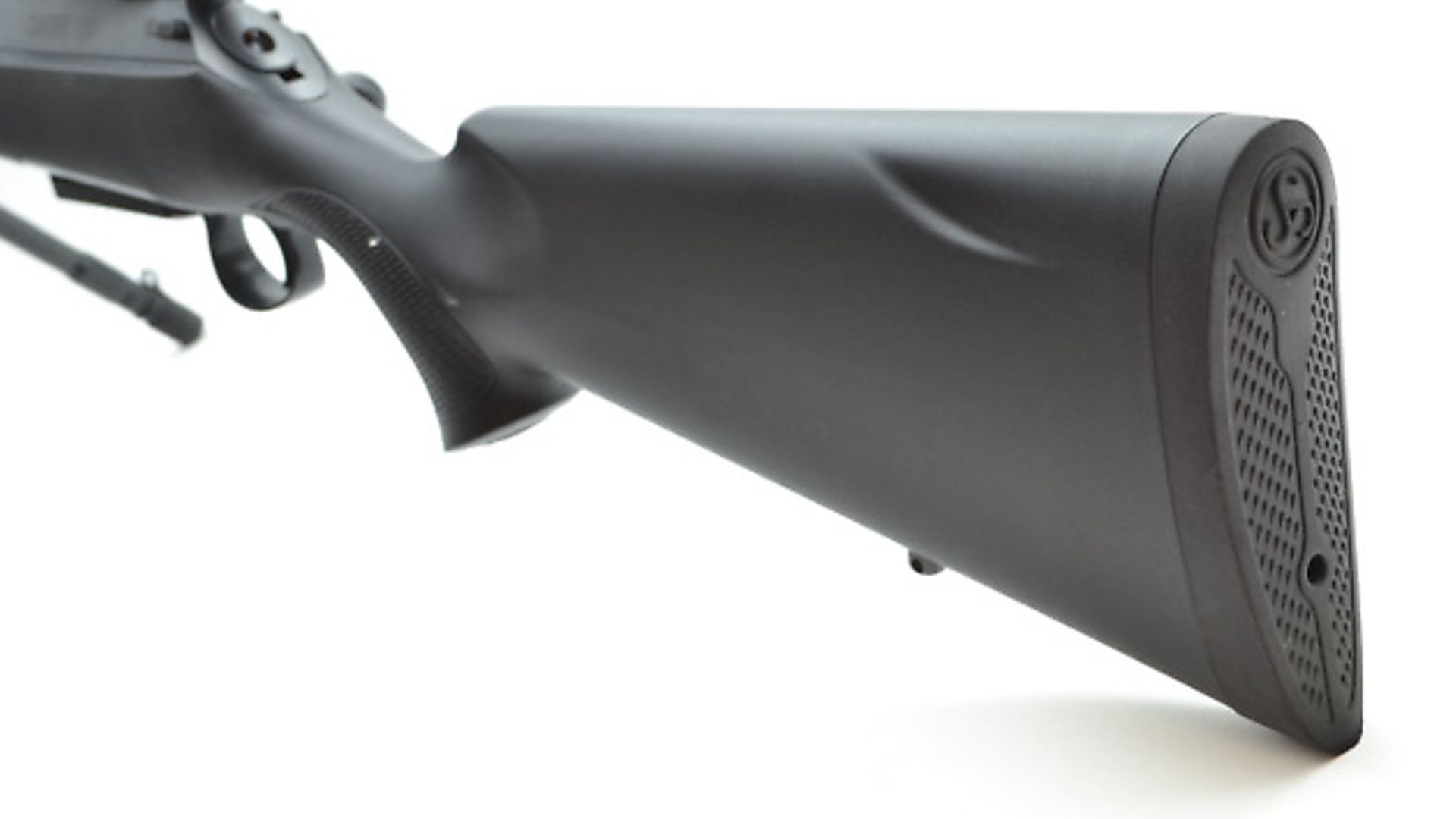 credit: Archant
credit: Archant
It is fantastic. It arrived at 1,000g and other than winding it up for use of winter gloves in the cold, it would take top spot in my all-time best triggers list, but for the equally superb unit on its Blaser R8 cousin. I come from a competitive shooting background where triggers measured in ounces with zero travel and double sear hammers were a foundation of technique. I train people to use triggers well and guess what, this is just pure class and I love it.
Sauer – 10 out of 10. Perfect. A great design and high manufacturing standards give results that are without doubt among the very best, not just in this class, but any class. I’d go so far as to say that it is as good as the Jewell triggers on my target rifles but for their super-light weight (only really applicable to double sear triggers on target guns).
And that is before we mention the deeply curved 8mm blade allowing that index finger pad to sit centrally with perfect reach from the grip on the stock.
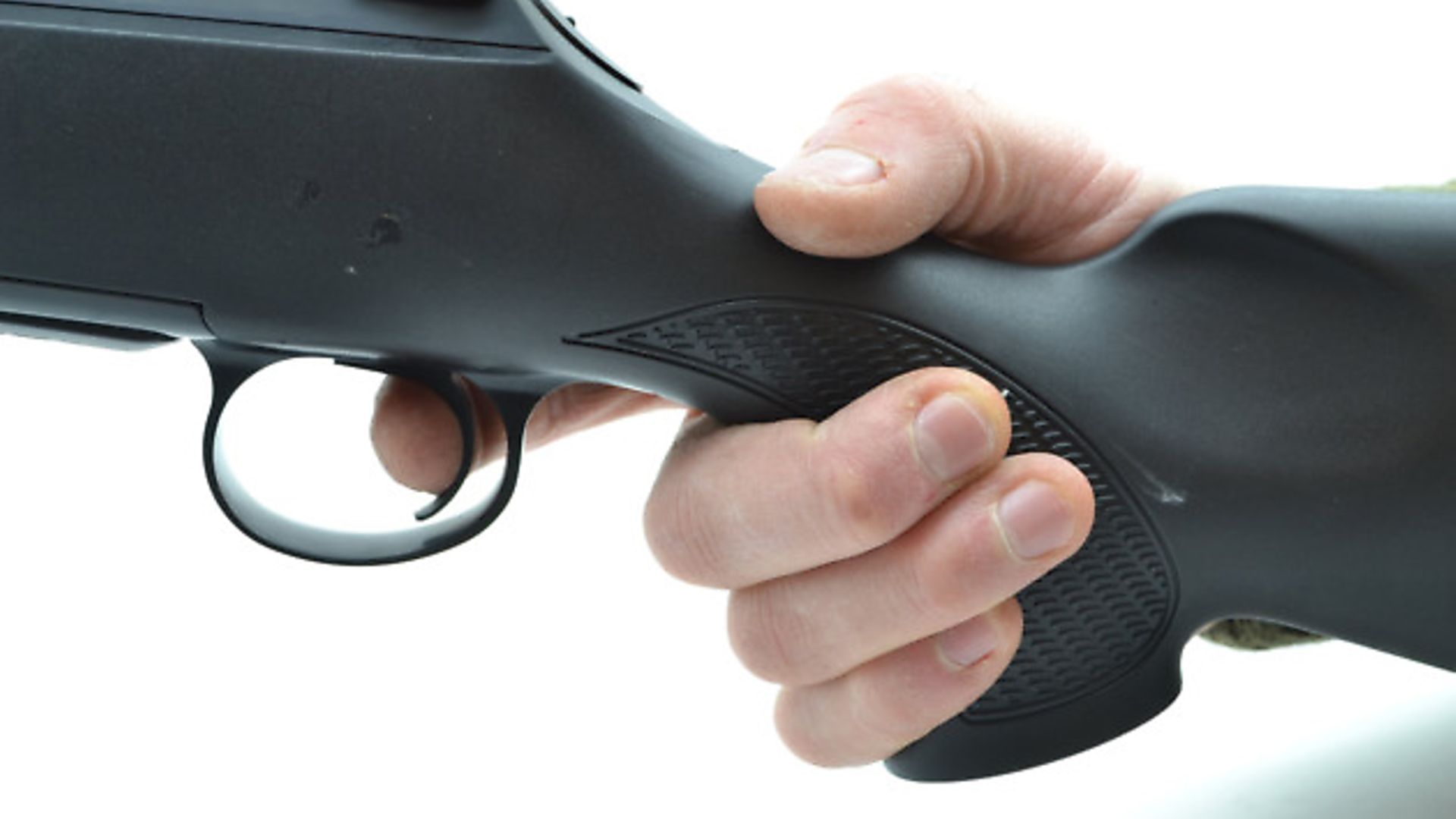 credit: Archant
credit: Archant
Shooting the rifle held only one surprise – it turns out that the initial inspection of the barrel wasn’t too good to be true. This is a lightweight sporting rifle so intrinsic accuracy ability is always balanced against how easy it is for the ‘everyman’ to extract it. How easy is the gun to shoot? Well, a good trigger will always assist even poor technique and, for the more capable, make the gun far more enjoyable to shoot anyway.
Several brands of ammunition were used in the 150gr factory region with 165gr handloads from Sierra/PPU/Ramshot ingredients. All ammunition shot acceptably well (below 25mm at 100m for three rounds) but the gun did show a preference for Fiocchi SST (Hornady’s bullet), which regularly printed five below the inch with ‘threes’ into half of that. I have found Fiocchi ammunition a good performer in both .308 and .243 on many rifles so I’d like to see it more commonly praised, although the SST bullet is known to be fairly aggressive in its expansion character, yet superb for accuracy and ballistic capability.
Rather than being concerned over what was best, I was most impressed by the fact that all ammunition shot to an acceptable level for serious stalking and would not let anyone down – it was the way in which the gun showed no real caveats at all. It shot well from all positions and the trigger was particularly a joy to use from unsupported shots because it was so predictable to time with your natural ‘float’ on target.
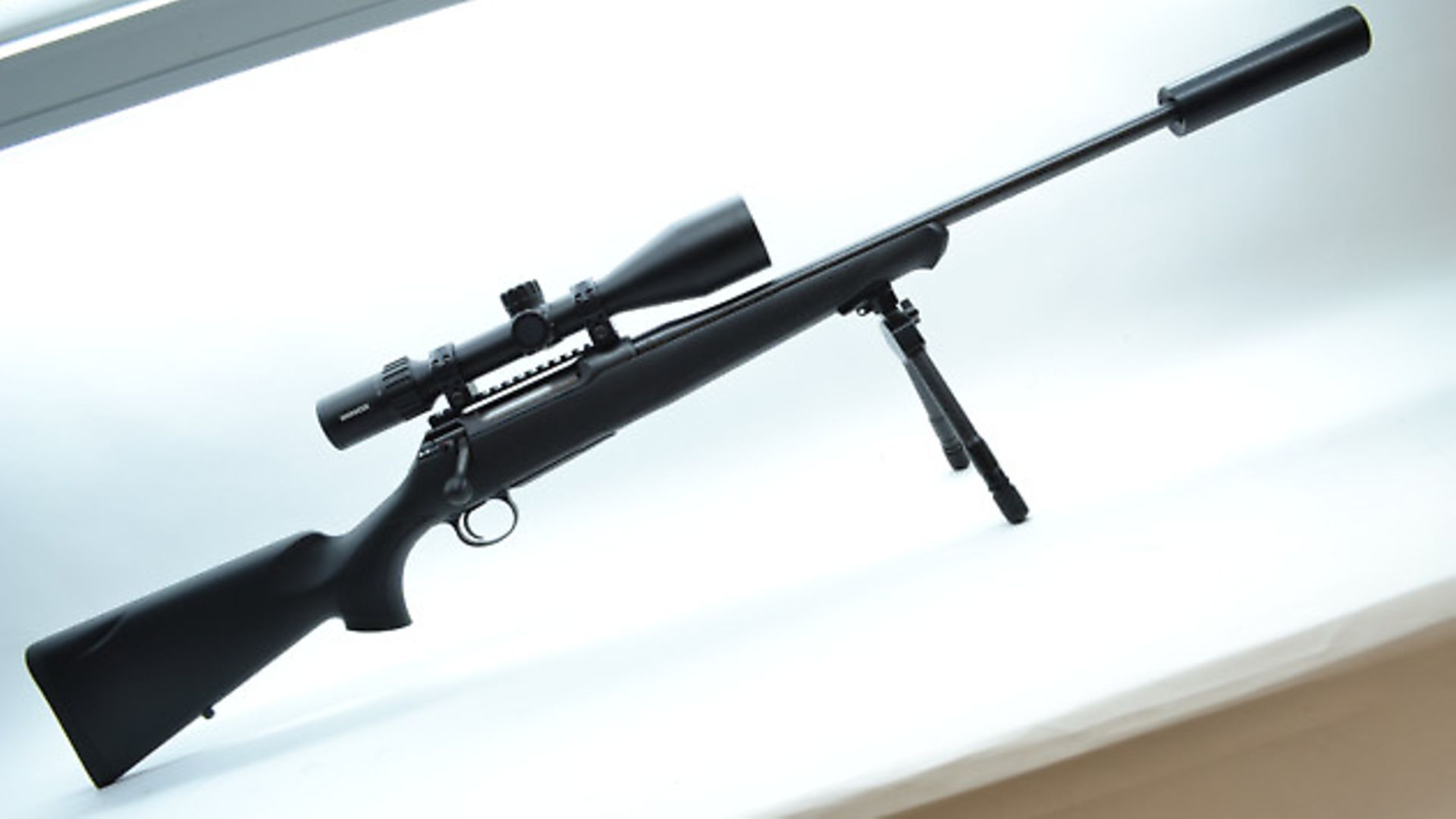 credit: Archant
credit: Archant
I actually prefer the side-lever safety on this to the 101’s, which I tended to find a bit too fiddly to operate in gloves, whereas here, the catch is operable silently by the thumb alone and will lock the bolt entirely when fully rearward for a secure carry over long distances.
Recoil absorption from the pad was acceptable without being too squidgy and the overall design shape and ergonomics of the stock, especially the gentle slope of the cheekpiece, allowed the head to remain more closely in position so it was faster to return to correct eye/scope alignment for a backup shot after a recoil cycle itself where you were more likely to see your own bullet strike.
The Spartan Javelin bipod that I fitted with gentler float on the canting head suited the more flexible fore-end as it reminded you to avoid twisting too harshly when moving lateral positions quickly. I liked this gun on the Kapita tripod sticks that are compatible with the Javelin’s magnetic stud system and could make some very assured shots with great stability. With my left hand clamped solidly around the yoke at the top of the sticks, the stock fitted me so well I could maintain aim with my hand off the gun when reloading by maintaining pressure between my shoulder and leading hand. A good stock that fits well is a blessing, so often in disguise these days.